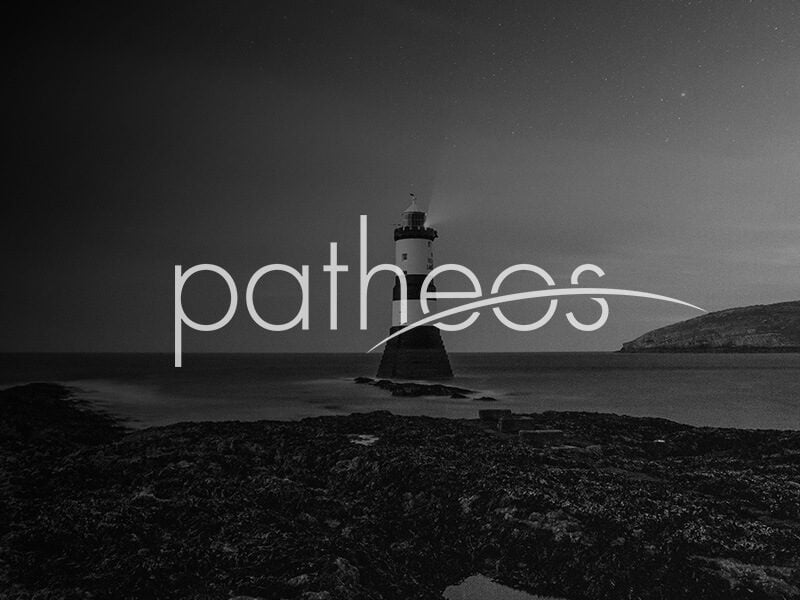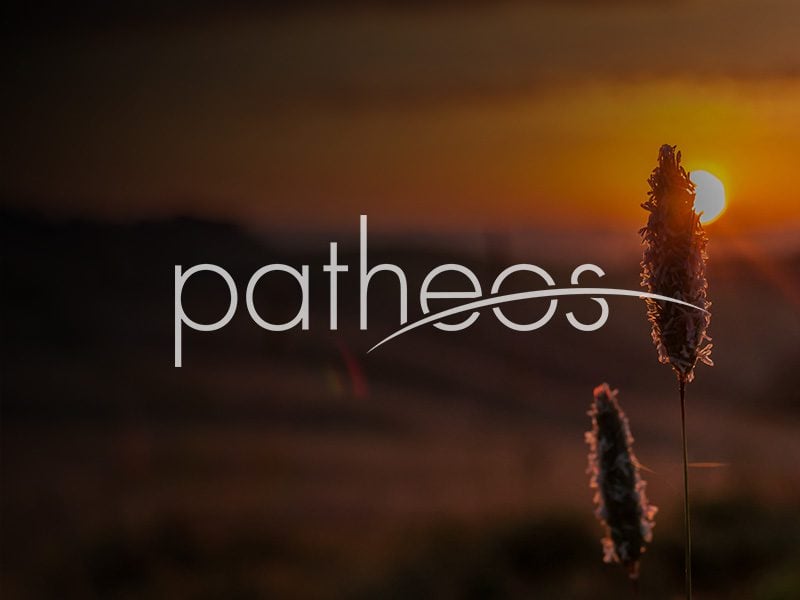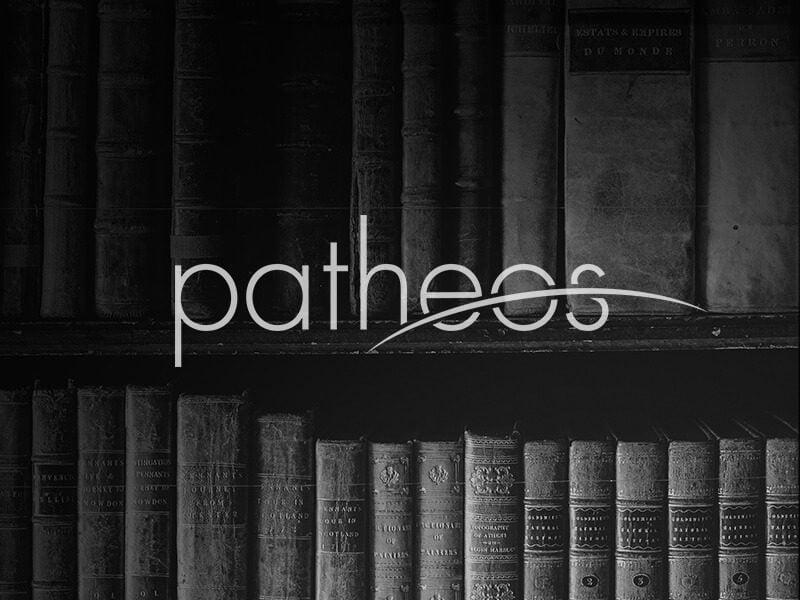Some thoughts on NT Wright’s Rutherford House Lecture, August 2003. I have little disagreement with much of the lecture, and it clarified a number of things for me. Wright’s views on justification, however, continue to puzzle me at a number of points. Here’s an attempt to clarify my (or NTW’s) confusions. 1) Like John Murray, he says that “call” is the biblical term for conversion. And “faith is itself the first fruit of the Spirit’s call.” Great. 2) But then... Read more















